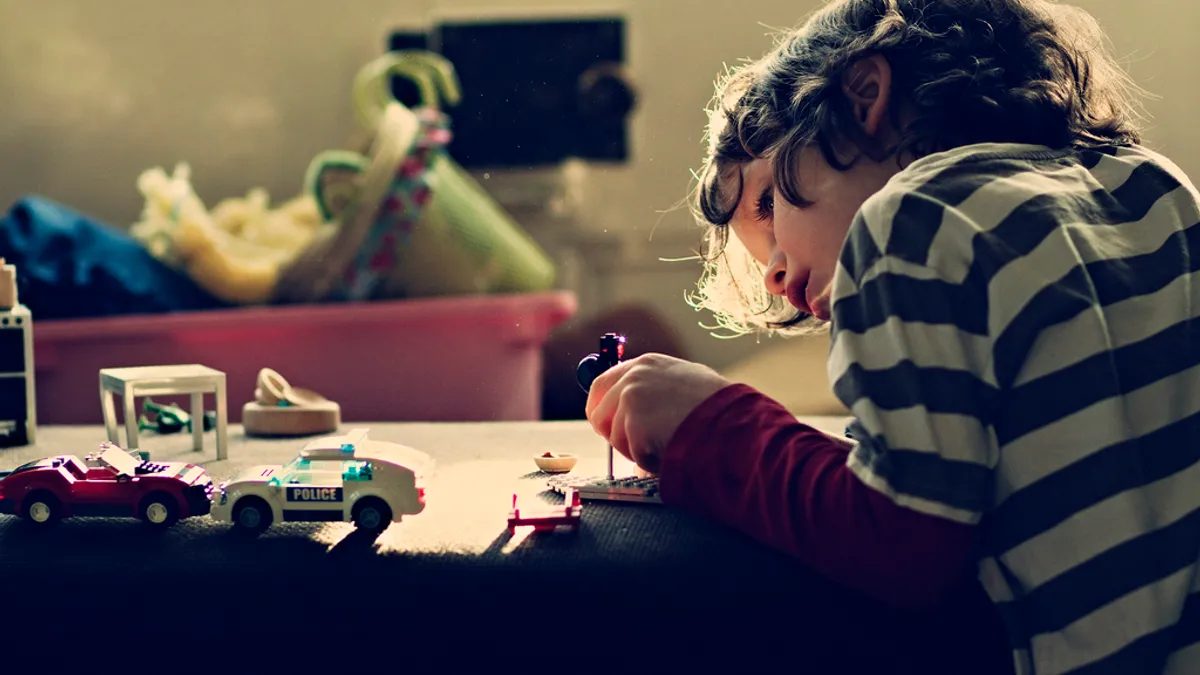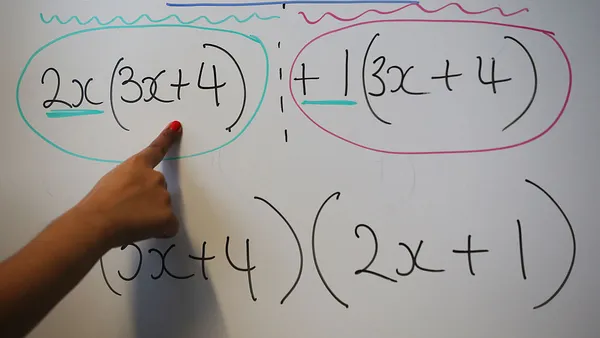Dive Brief:
- Introducing science, technology, engineering and mathematics (STEM) lessons to students in the early grades — with a focus on the underlying forces and processes at work, as well as creative elements — is a way to loop a more diverse pool of students into the STEM fields, according to The Hechinger Report.
- One curriculum, the Museum of Science in Boston's "Engineering is Elementary," has been used by more than 15 million 6- to 11-year-olds since 2003, and it focuses specifically on reaching younger students with principles of design, imagination and experimentation before they’ve had a chance to decide whether or not they’re a so-called "math person," for example.
- Getting support for educators through professional development, however, is crucial, as teacher confidence is critical to helping students believe they can learn these skills, too.
Dive Insight:
Real-world examples are a great way to enliven any lesson, whether educators bring artifacts in for a history lesson or have students run experiments with dry ice to demonstrate how carbon dioxide looks in its solid state.
To get students interested in pursuing STEM, and perhaps one day even a career, it’s important to expose them as early as possible to these topics in engaging ways. Forcing students to memorize the periodic table likely isn’t the best tactic, destined instead to glaze young eyes over very quickly.
Curriculum designers may want to consider what children enjoy and then think of ways to incorporate those ideas and examples into STEM lessons. The infamous elementary school slime Oobleck, for instance, teaches students one of the simplest of physics lessons: how a liquid (one part water, two parts cornstarch) can become a solid with the application of force.
Introducing students to coding and robotics at a young age can also be extremely helpful at seeding an early STEM interest. Along with its famous line of construction toys, LEGO makes coding kits that allow students to build their own robots. These, and others from companies such as Kano and Piper, turn imaginative play into a tangible result by allowing students to see the code they've written come to life via the mechanisms they've crafted.
Crucial then is knowing how to weave these projects into classroom lessons. At The Village School in Houston, Texas, teachers are helped in this regard with training and workshops, as reported by eSchoolNews, and students also serve as peer tutors, helping their classmates along the way.
Ultimately, educators want students who are engaged and excited about what they’re learning. Using STEM lessons that hand them some control over their educational experience, like coding a robot to walk across a room, can provide a taste of how these concepts work in the real world — and perhaps even spark a passion that lasts into their future careers.






 Dive Awards
Dive Awards







